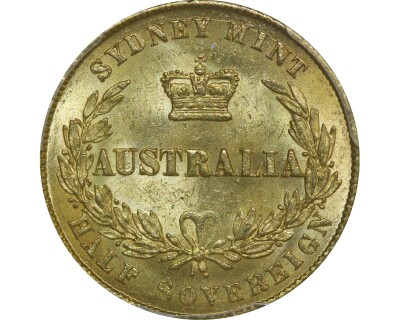Pre-Decimal Silver Coins of Edward VII (1910)
Shilling
The 1910 Shilling was the first year in the Shilling series and the only issue featuring the effigy of King Edward VII. The Royal Mint in London was tasked with producing 2,536,069 coins of this type. This was a reasonably large mintage for the series and as a result, the type is reasonably affordable into mint-state. It is also possible that this availability is contributed to as a large number of pieces were hoarded due to the novelty of the type. In mint-state, the piece often exhibits surface hairlines due to the distribution process via ship from the United Kingdom which makes the type very difficult to obtain beyond MS64.
The reverse of the new shilling featured a simple depiction of the Australian Coat of Arms by W.H.J Blackmore. This seems like a relatively safe choice but it did attract some heated criticism in the papers of the time. In one letter to the editor published in the Melbourne newspaper 'The Argus' a J. Mather deeply criticises the new design stating that it is "...deficient in every quality of design, and so burdened with all that is childish and inartistic..' Mather continues to state that "We must be blind indeed, otherwise the new coinage would be thrown again into the melting-pot." (The Argus, 1910) This letter sparked major discussions with another writer responding that - "The design of the coin is equal to any other, if not more, since it is appropriate having the Australian emblem, which I consider was a long-felt deficiency in the old coinage." (The Argus, 1910) The discussions continued for many days with most participants praising the coins simplicity rather than attacking it.









